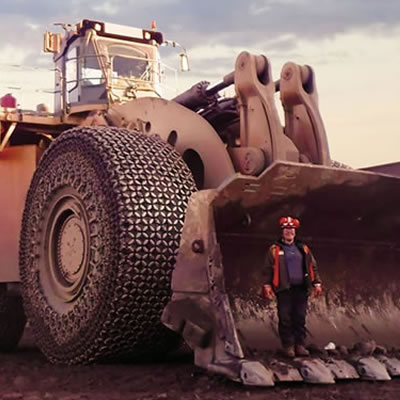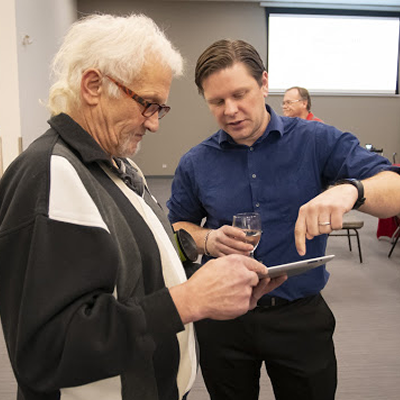Guest Editorial: Too early to tell what happened at Mount Polley

Kenneth P. Green is senior director, Natural Resource Studies at the Fraser Institute.
Troy Media - The pictures coming out of northern British Columbia where a mine tailings pond in Mount Polley ruptured Aug. 4 are painful to see. The fact that the site is remote, and that only a small number of people are likely to be directly affected, doesn't mitigate the visceral pain one feels at seeing images of uprooted trees and mud-clogged streams and rivers.
Humans inherently find healthy ecosystems beautiful and degraded ecosystems painful. One also has to sympathize with the people near Mount Polley, who have been (temporarily at least) told not to consume water from their local waterways, and who fear damages to salmon and other wildlife, and damages to their livelihoods that partly depend on tourism.
In the aftermath of such incidents, it's normal to ask what can be done to prevent this from happening again, and indeed, such questions are not only normal, they are at the heart of how we learn as human beings.
But it's one thing to seek to learn from a disaster and it's another to incite emotional responses to promote hasty, unwise public policy actions. Despite the fact that virtually nothing was known about the cause of the Mount Polley leak, only two days after the spill the David Suzuki Foundation had set up an automatic petition portal on its website calling on the provincial government to institute a moratorium on new mine approvals, a suggestion that would imperil a substantial part of B.C.'s economy. This is "ready, fire, aim" policymaking.
Last year in B.C., gross mining revenues were more than $8 billion, and the sector employed more than 10,000 British Columbians directly, at an average annual compensation (salary and benefits) near $115,000. That's only the direct employment.
The B.C. government estimates 30,000 British Columbians work either directly or indirectly in the mining sector. More than $500 million flowed into government coffers as a result of mining activity. Six per cent of aboriginals in B.C. work in mining and a great many of those are recruited to work from a state of unemployment. Mining accounts for more than one-third of B.C.'s exports.
There is no evidence, at present, to suggest that what happened at Mount Polley is indicative of systemic risk that would justify the moratorium proposed by the Suzuki Foundation. At the time of this writing, we do not yet know what happened to cause the breach of the tailings pond; we do not know what's in the water that was released, we do not know how much ecosystem will be degraded, we do not know how much remediation will be required; and we do not know what costs will be inflicted on local populations.
To leap to conclusions in the face of such limited information is reckless. And there is a lot at stake if hasty policy recommendations are adopted that threaten B.C.'s mining-based economy.
Anyone with a regard for the environment is saddened by what happened at Mount Polley. We all want to know how it happened, why it happened, and what can prevent it from happening again.
At the same time, anyone with regard for the economy understands we will never live in a risk-free world of perfect knowledge, and we cannot let that reality paralyze us into impoverishment. The government of B.C. needs to conduct a thorough investigation to determine what went wrong, and which procedures – in both the private and government sectors – may need to be changed to reduce future risk. Then, and only then, should the government act, once cooler heads prevail.
Kenneth P. Green is senior director, Natural Resource Studies at the Fraser Institute
Source: Troy Media




